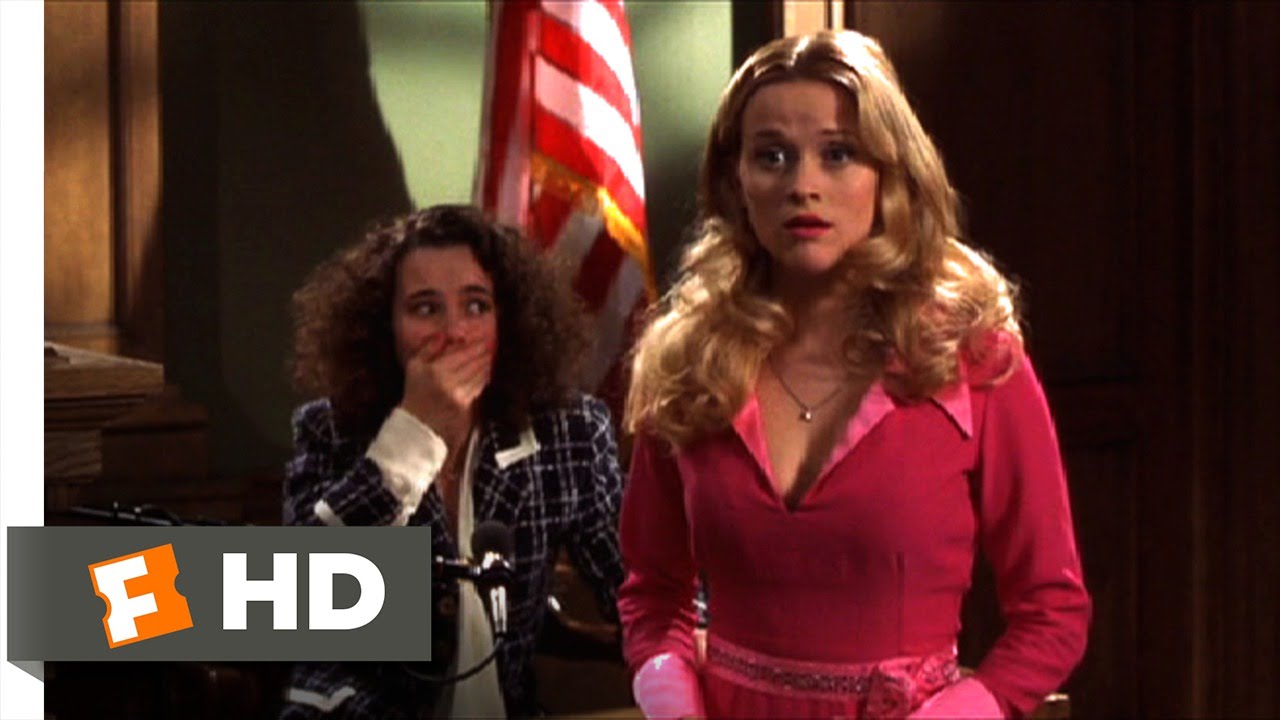
Unmasking the Facade: The Duality of Legal Narratives
In the realm of law, where every move can sway the scales of justice, the narratives we construct hold immense power. It’s fascinating how a mere sentence can alter perceptions, solidify or dismantle arguments, and ultimately influence outcomes. The question remains: are we truly grasping the complexity of these legal tales?
The Complexity of Legal Narratives
Every legal case is wrapped in a tapestry of narratives that are often conflicting. These stories—the ones we tell and the ones we believe—affect not just courtrooms but also the broader public perception of individuals and organizations involved. From my frequent visits to courthouses, I have come to appreciate the intricate layers of these narratives; they can either illuminate the truth or cloud it in ambiguity.
 The theater of law: courtrooms where stories collide.
The theater of law: courtrooms where stories collide.
Key points of focus often include implications of motives and the emotional weight behind claims. The second glance at a narrative often reveals hidden biases and insufficient allowances for alternative interpretations. A case from my recent experience reflects just that; while passionately discussing a prominent legal battle, I realized that the recounting could sway public opinion dramatically before the verdict was even reached.
How Perception Shapes Justice
Once, whilst covering a high-profile trial, I observed the public’s response before a single piece of evidence was presented. Media outlets construct narratives—focusing on the sensational aspects, leading to skewed public sentiment. This phenomenon is alarming as it shows just how powerful storytelling is in shaping the very foundations of justice.
The public often connects stories to their own experiences, which means a tale of legal drama could resonate on personal levels, making the courtroom a battleground not just for lawyers but for public opinion as well. As someone who believes in the importance of justice, it’s disconcerting to see the narrative overshadow the truth.
The Role of Emotion in Legal Narratives
Emotions play a pivotal role in framing these legal narratives. The human element often gets lost amidst the jargon of legal statutes. It reminds me of my discussions with friends, revealing how easy it is to let emotions cloud judgment when reading about a high-stakes case. Understanding these emotional layers is essential for anyone involved in law—whether as a lawyer, a juror, or engaged observers.
“Every word has weight, and it can tip the scales of justice.”
The Power of Constructive Criticism
As we navigate this intricate landscape of legal stories, it is vital to approach with a critical mindset. Scrutinizing narratives can lead to better communicative practices, promoting clarity and fairness. Last summer, for instance, I attended a seminar that dissected famous cases. We learned that even the most persuasive arguments can falter when weeds of bias creep in.
This understanding reshaped my perspective on reporting. Rather than merely echoing stories, we must strive to dig deeper, unveiling layers of truth perhaps obscured by persuasive rhetoric.
 Layers of truth often hidden beneath persuasive rhetoric.
Layers of truth often hidden beneath persuasive rhetoric.
Conclusion: A Call for Transparency
In conclusion, the narratives surrounding legal cases need utmost scrutiny and transparency. As we dissect these stories, reflecting on their emotional undercurrents and potential biases, we are not only engaging in a legal discourse but also fostering a broader understanding of justice. I urge writers and readers alike to approach these narratives with a critical eye, recognizing the immense power they wield—one that can uphold justice or distort it altogether.
While the courtroom saga is often dramatic, it is far more profound than a mere conflict; it is a narrative evolving with society’s own story. And as custodians of these narratives, we hold the obligation to craft them wisely, ensuring justice is served not just in the court of law, but also in the court of public opinion.















